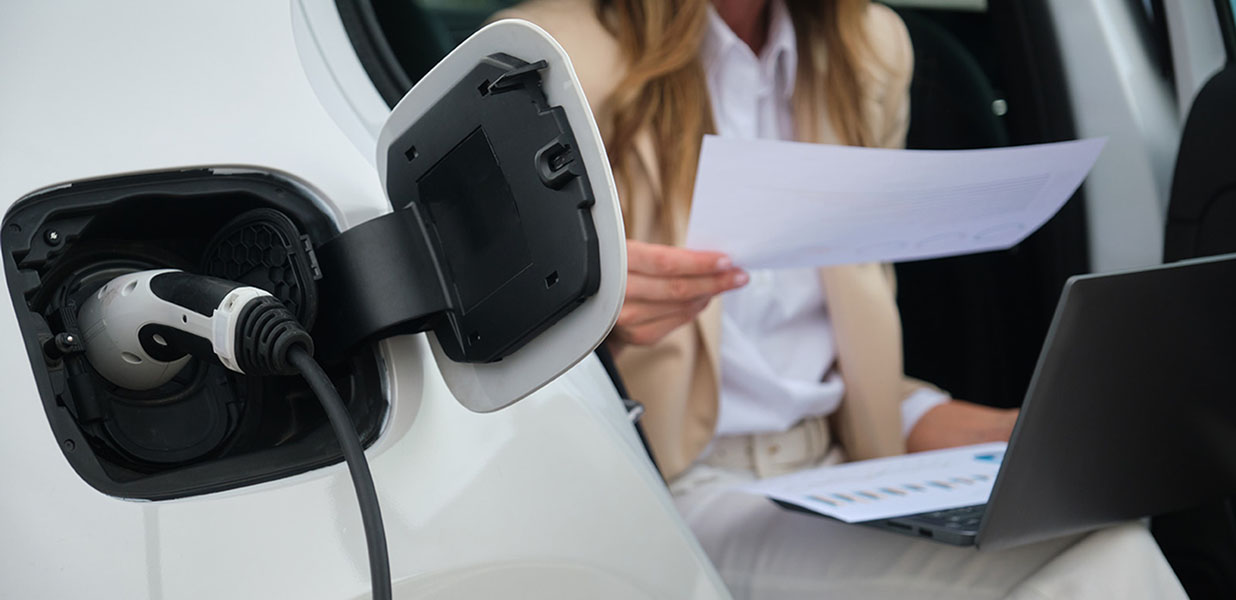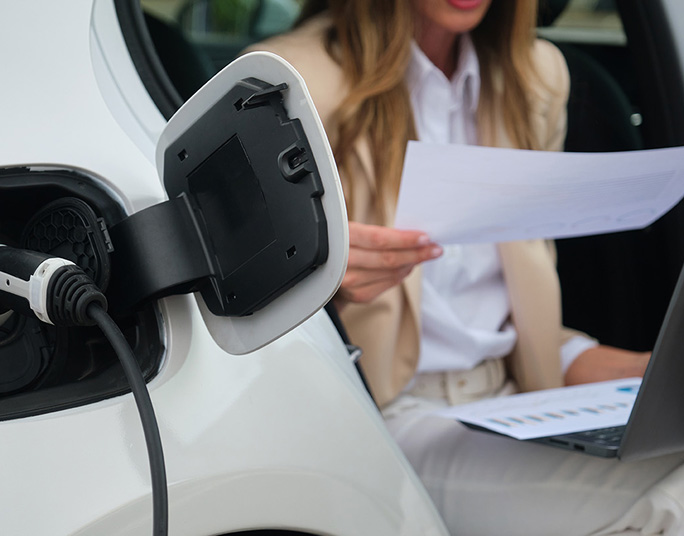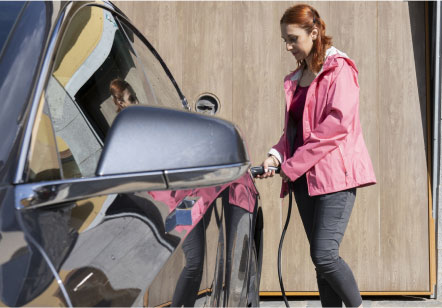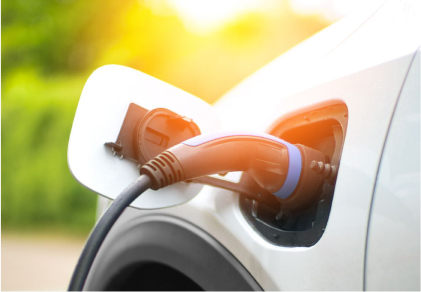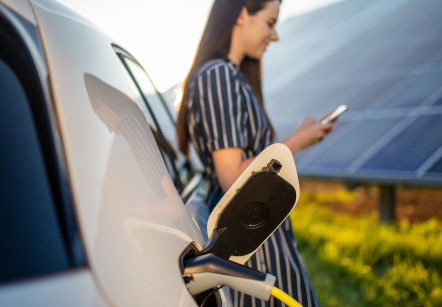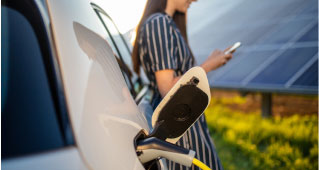From dropping up-front costs to lower fuel and maintenance costs, owning and maintaining electric vehicle (EVs) opens in same window is becoming more affordable. Here are five reasons why.
1. Fueling up with electricity is typically cheaper than gasoline
One of the most obvious financial advantagesopens in same window of owning an EV is the potential savings on fuel. While both gas prices and electricity rates can vary based on where you live, electricity is typically more affordable. In 2024, U.S. EV drivers saved around 7.4 cents per mile on fuel compared to those driving gas-powered cars, which adds up to roughly $1,100 a year for the average American driver, according to a 2024 report by Coltura.
That being said, it’s still important to consider variable costs, such as electricity rates in your region. For example, while EV owners in Washington state can save as much as $14,480 over the lifetime of their vehicle, owners in Hawaii may save about $3,000 lessopens in same window.
2. Charging at home costs less than charging on the road
Unlike gas pumps, charging stations can conveniently be installed in your home. As a result, most EV owners prefer to charge their vehicles at home rather than relying on public stations.
Although public charging stations are essential for long-distance travel, they tend to cost more per kilowatt compared to charging at home. Installing a charging station opens in same window requires an up-front investment — usually around $800 to $2,000 — but can still save drivers money over time. Charging your EV overnight also allows you to take advantage of electricity rates during off-peak hours, when demand and price drop, potentially saving you as much as 30%.
3. Maintaining EVs costs less – and your car lasts longer
Gas-powered cars require routine maintenance such as oil changes, fluid flushes, and spark plug and air filter replacements – none of which are necessary for EVs. EVs also feature regenerative braking, a technology that uses the energy generated during braking to recharge the battery, which reduces wear on brake pads and extends their lifespan. Many EV drivers report that their brake pads can last over 100,000 miles, compared to 40,000 to 50,000 miles for conventional cars, according to Wagner Brake, an industry leader in automotive braking.
Because EVs have significantly fewer moving parts compared to gasoline cars, they require fewer repairsopens in same window, which can save EV owners an estimated $4,600 over the vehicle’s lifetime compared to traditional vehicles.
4. Utilizing public incentives and rebates reduces upfront costs
Even with the elimination of federal incentives, many states offer their own credits or rebates, with amounts and benefits varying by location. Some utility companies even provide special electricity rates for EV owners who charge their vehicles during off-peak hours.
5. Continuing popularity is naturally decreasing prices
While EVs were once considered prohibitively expensive, their upfront costs have been declining steadily. In fact, an August 2025 report from Kelley Blue Book said that "…the average price paid for a new electric vehicle was an estimated $55,689, which is lower by 4.2% from a year ago. For comparison, gas-powered cars averaged about $48,800, which is up 1.5% year over year."
The primary reason for this price reduction is the falling cost of lithium-ion batteries, which make up a significant portion of the vehicle’s cost. The Department of Energy’s Vehicle Technologies Office estimates that between 2008 and 2022, battery prices dropped 89%, leading to a notable decrease in the overall price of electric vehicles.
These trends indicate that EVs will continue to become more affordable in the coming years, especially as technology continues to advance and production volumes increase.
In summary: Electric vehicles offer a variety of ways to save money, from lower fuel and maintenance costs to public incentives and rebates. As the technology continues to improve and prices drop, owning an EV becomes an increasingly cost-effective choice. Learn more about EVs at www.chase.com/EVopens in same window.




